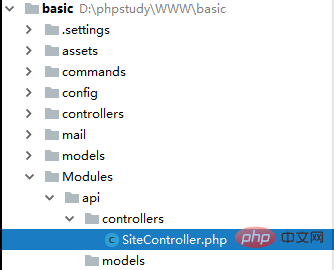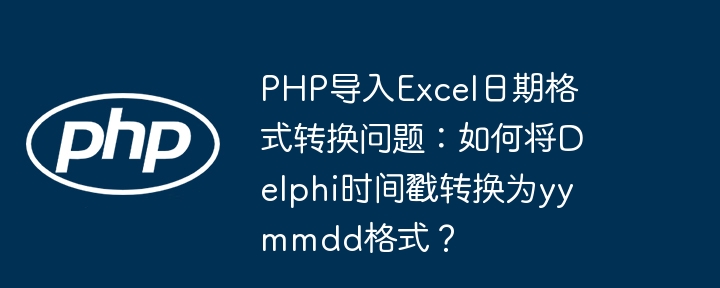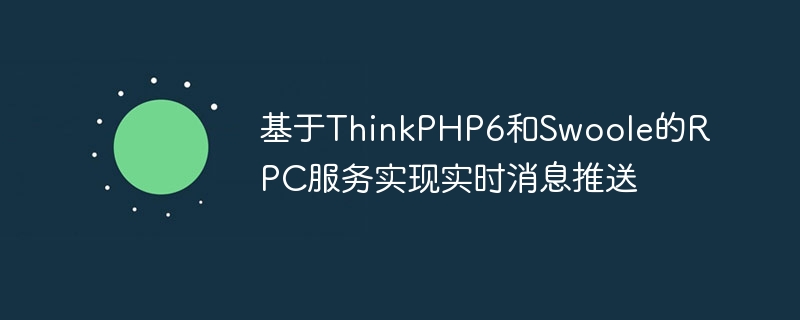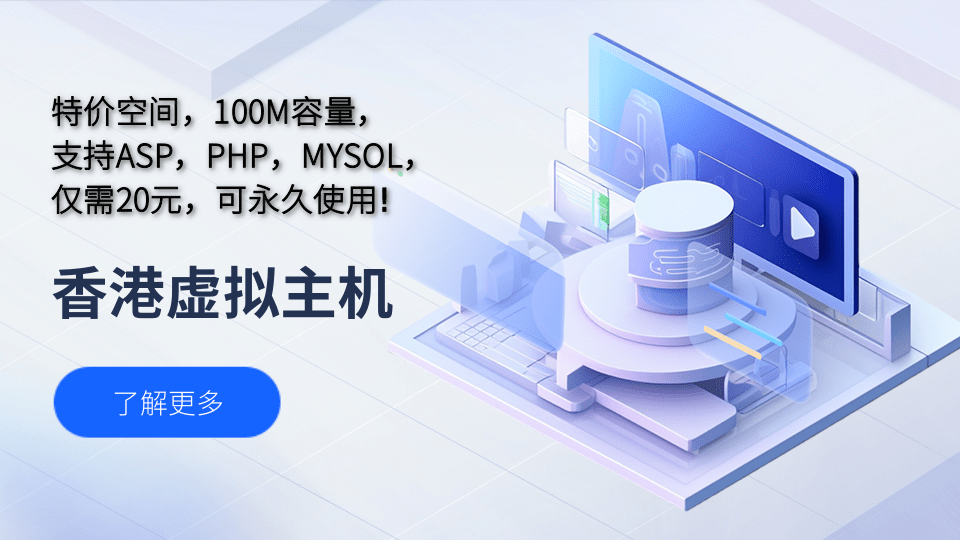
问题:
Site控制器里面的action如何访问?如图:

解决方法:
1、建立目录
首先建立如上的目录结构,在api下的以及目录有三个文件夹和一个文件Module.php,这个php文件内容如下:
<?php namespace appmodulesapi; /** * api module definition class */ class Module extends YIIbaseModule { /** * @inheritdoc */ public $controllerNamespace = 'appmodulesapicontrollers'; /** * @inheritdoc */ public function init() { parent::init(); // custom initialization code goes here } }
(推荐教程:yii框架)
2、web.php
还记得项目根目录下的config文件夹下有个web.php文件么,添加如下字段:
<?php $params = require __DIR__ . '/params.php'; $db = require __DIR__ . '/db.php'; $config = [ 'id' => 'basic', 'basePath' => dirname(__DIR__), 'bootstrap' => ['log'], 'aliases' => [ '@bower' => '@vendor/bower-asset', '@npm' => '@vendor/npm-asset', ], 'components' => [ 'request' => [ // !!! insert a secret key in the following (if it is empty) - this is required by cookie validation 'cookieValidationKey' => 'jjsYJ_ju0W8ifOv5mY3JBMI6DOppFlo6', ], 'cache' => [ 'class' => 'yiicachingFileCache', ], 'user' => [ 'identityClass' => 'appmodelsUser', 'enableAutoLogin' => true, ], 'errorHandler' => [ 'errorAction' => 'site/error', ], 'mailer' => [ 'class' => 'yiiswiftmailerMailer', // send all mails to a file by default. You have to set // 'useFileTransport' to false and configure a transport // for the mailer to send real emails. 'useFileTransport' => true, ], 'log' => [ 'traceLevel' => YII_DEBUG ? 3 : 0, 'targets' => [ [ 'class' => 'yiilogFileTarget', 'levels' => ['error', 'warning'], ], ], ], 'db' => $db, /* 'urlManager' => [ 'enablePrettyUrl' => true, 'showScriptName' => false, 'rules' => [ ], ], */ ], 'modules' => [ 'api' => [ 'class' => 'appmodulesapiModule', ], ], 'params' => $params, ]; if (YII_ENV_DEV) { // configuration adjustments for 'dev' environment $config['bootstrap'][] = 'debug'; $config['modules']['debug'] = [ 'class' => 'yiidebugModule', // uncomment the following to add your IP if you are not connecting from localhost. //'allowedIPs' => ['127.0.0.1', '::1'], ]; $config['bootstrap'][] = 'gii'; $config['modules']['gii'] = [ 'class' => 'yiigiiModule', // uncomment the following to add your IP if you are not connecting from localhost. //'allowedIPs' => ['127.0.0.1', '::1'], ]; } return $config;
3、api组件下的controllers
现在我们在Modules/api/controllers下新建一个SiteControllers.php,内容如下:
<?php namespace appmodulesapicontrollers; use yiiwebController; class SiteController extends Controller { public function actionIndex() { echo "hello world"; } }
4、浏览器访问
最后就是浏览器访问这个actionIndex了,浏览器输入: http://localhost/basic/web/index.php?r=api/site/index

完成!
更多编程相关内容,请关注php中文网yii框架栏目!
© 版权声明
文章版权归作者所有,未经允许请勿转载。
THE END



















